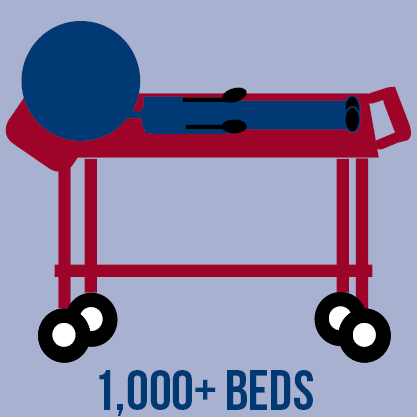The Ohio State University Wexner Medical Center (Columbus). The Ohio State University Wexner Medical Center is an academic medical center with 1,313 beds systemwide. The medical center's history can be traced back to the founding of the Willoughby Medical University of Lake Erie in 1834. The medical university merged with Starling Medical College in 1846. In 1918, all assets were donated to The Ohio State University.
The Ohio State University Wexner Medical Center has grown to earn national recognition. Its University Hospital and Ross Heart Hospital are recognized as Magnet hospitals by the American Nurses Credentialing Center. For 2015-16, U.S News & World Report ranked the medical center No. 1 in the Columbus metro area, No. 3 in the state and nationally in seven adult specialties, including No. 31 in the nation for cardiology and heart surgery. Healthgrades also gave OSU Wexner its Distinguished Hospital Award for Clinical Excellence this year.
This medical center has been a pioneer in several medical specialties. In the 1980s, The OSU Wexner Medical Center was first in the Midwest to deliver a baby conceived via in vitro fertilization. In 1999, the hospital used the da Vinci Surgical System to become the first in North America to perform a robotic-assisted heart procedure. In 2014, the hospital collaborated with applied science and technology company Battelle Memorial Institute to use Neurobridge in a patient for the first time. The technology facilitates voluntary and functional control of a paralyzed limb.
 |
 |
 |
 |
..jpg)




